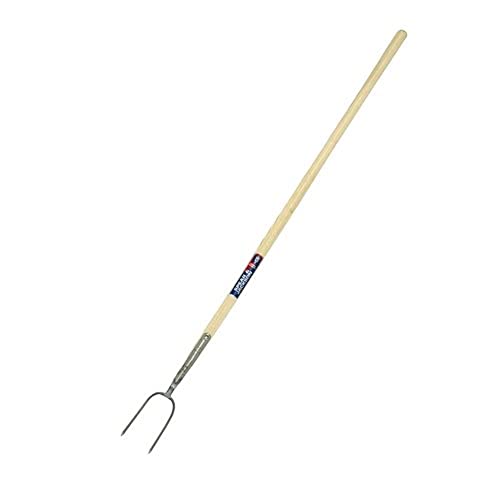Common Problems with Motorcycle Forks
Motorcycle forks are an essential part of the suspension system, responsible for handling and stability. Just like any other component, forks can face issues over time. Here are some common problems with motorcycle forks and how to fix them.
Leaking Fork Seals
One of the most common problems with motorcycle forks is leaking fork seals. This occurs when the seals that keep the fork oil in place become worn or damaged, allowing oil to leak out. Leaking fork seals can result in reduced performance, decreased stability, and potential safety hazards.
To fix leaking fork seals, you will need to replace the damaged seals. This can be done by removing the front wheel and loosening the axle pinch bolts. Next, remove the fork caps and carefully slide the forks out of the triple tree. Replace the seals with new ones, making sure to clean the fork tubes thoroughly before reassembly.
Stiction
Stiction refers to the friction or stickiness in the fork, making it difficult for the forks to compress and rebound smoothly. This can lead to a harsh or choppy ride and reduced handling capabilities. Stiction is often caused by dirt, debris, or lack of proper lubrication.
To fix stiction in motorcycle forks, start by cleaning the fork tubes thoroughly using a soft cloth or brush. Remove any dirt or debris that may be causing the stiction. Next, apply a thin layer of fork oil or lubricant to the fork tubes to ensure smooth movement. If the stiction persists, it may be necessary to disassemble the forks and inspect for any internal issues.
Bottoming Out
Bottoming out occurs when the forks fully compress and hit the end of their travel, resulting in a harsh impact. This is commonly experienced when riding over large bumps or during aggressive riding. Bottoming out can cause damage to the forks and suspension components.
To fix bottoming out, you may need to adjust the fork preload or install stronger or progressive springs to improve the suspension’s ability to absorb impacts. It is important to consult the motorcycle’s manual or seek professional advice to ensure proper adjustment and compatibility with your specific motorcycle.
Uneven Suspension
Uneven suspension refers to a situation where one fork compresses or rebounds differently compared to the other fork. This can result in an imbalanced ride, affecting stability and handling. Uneven suspension can be caused by various factors such as incorrect fork alignment or unequal spring tension.
To fix uneven suspension, start by checking the alignment of the forks in relation to the triple tree. Adjust the fork alignment if necessary and ensure equal tension on both springs. If the problem persists, it may be necessary to disassemble the forks and inspect for any internal issues or wear that may be causing the imbalance.
Lack of Dampening
Lack of dampening can cause a bouncy or uncontrollable ride, making it difficult to maintain stability and control. This can be caused by worn dampening components, insufficient fork oil, or incorrect adjustment of the dampening settings.
To fix the lack of dampening in motorcycle forks, start by checking the fork oil level and ensuring it is at the recommended level according to the motorcycle’s manual. If the fork oil level is low, adding the proper amount of fork oil can help restore dampening capabilities. Additionally, adjusting the dampening settings may be necessary to achieve the desired ride characteristics.






